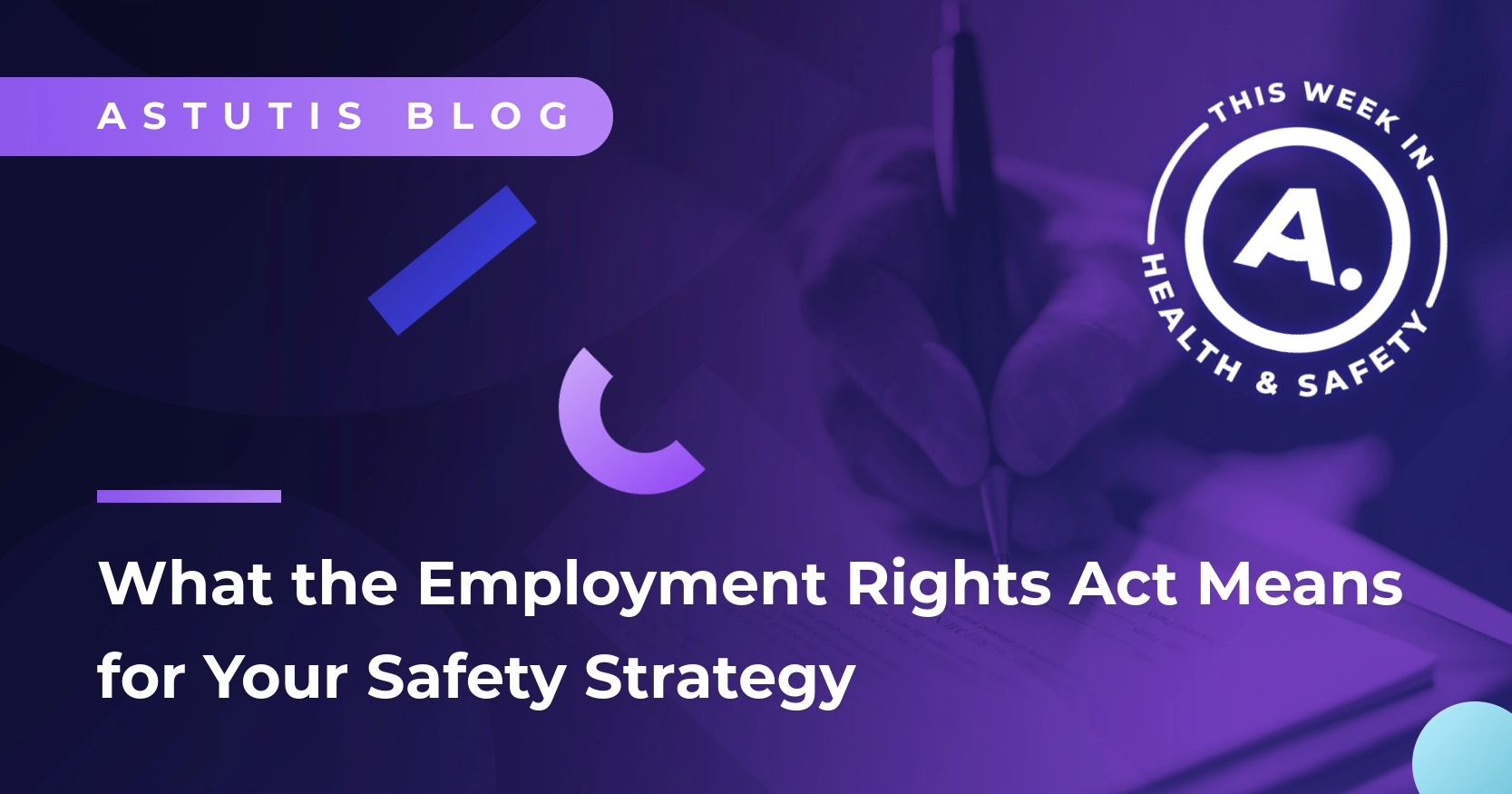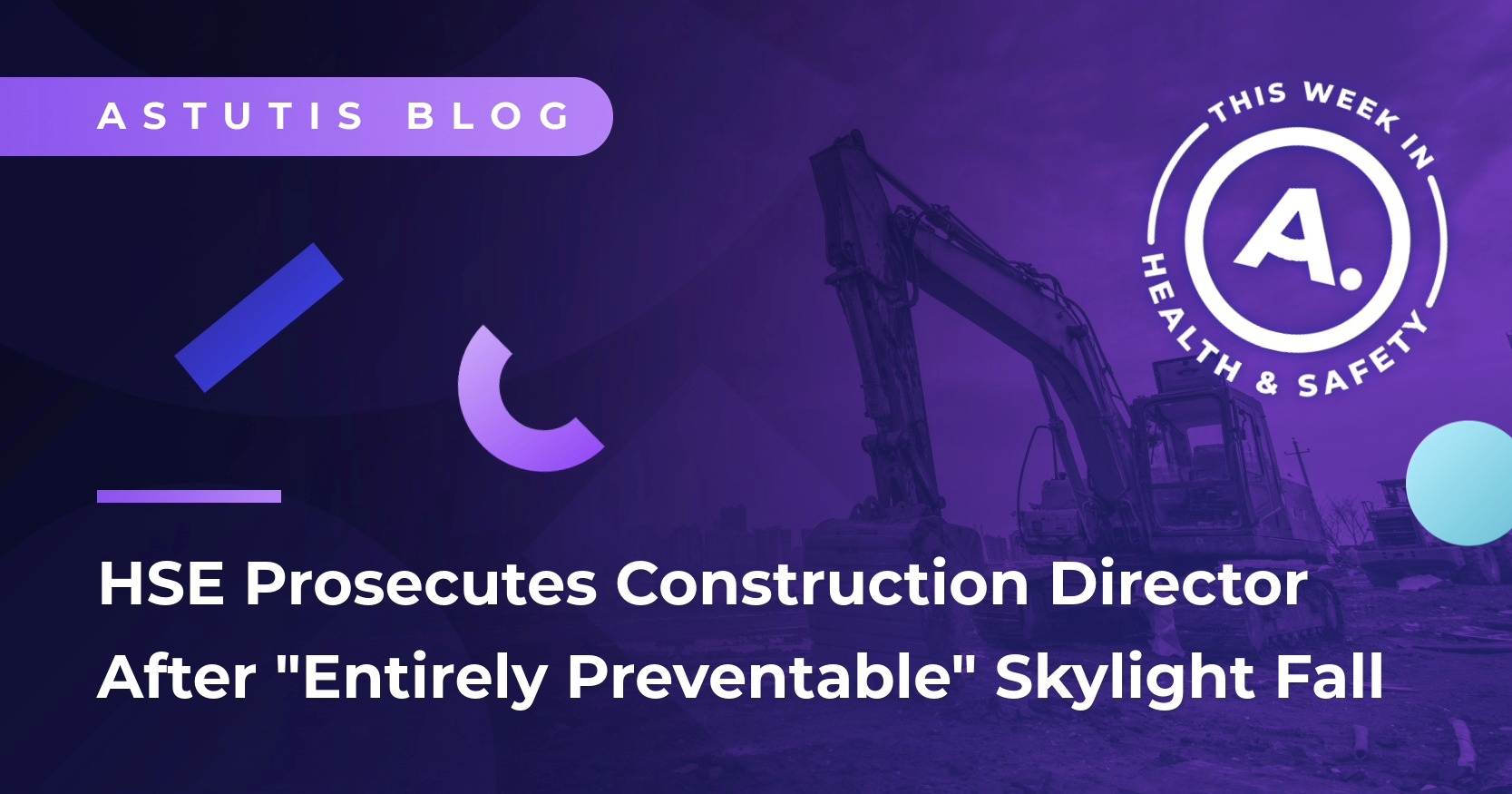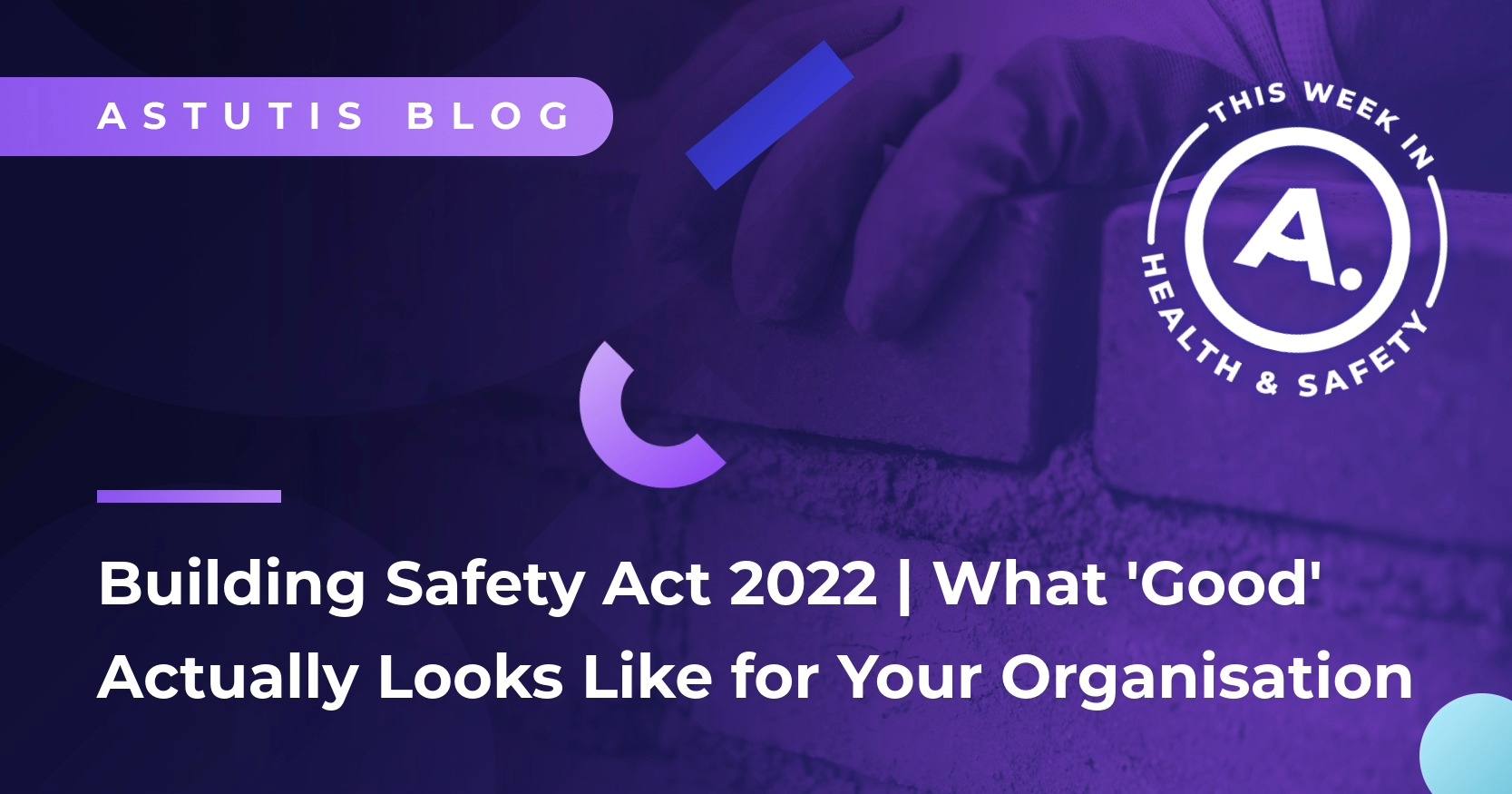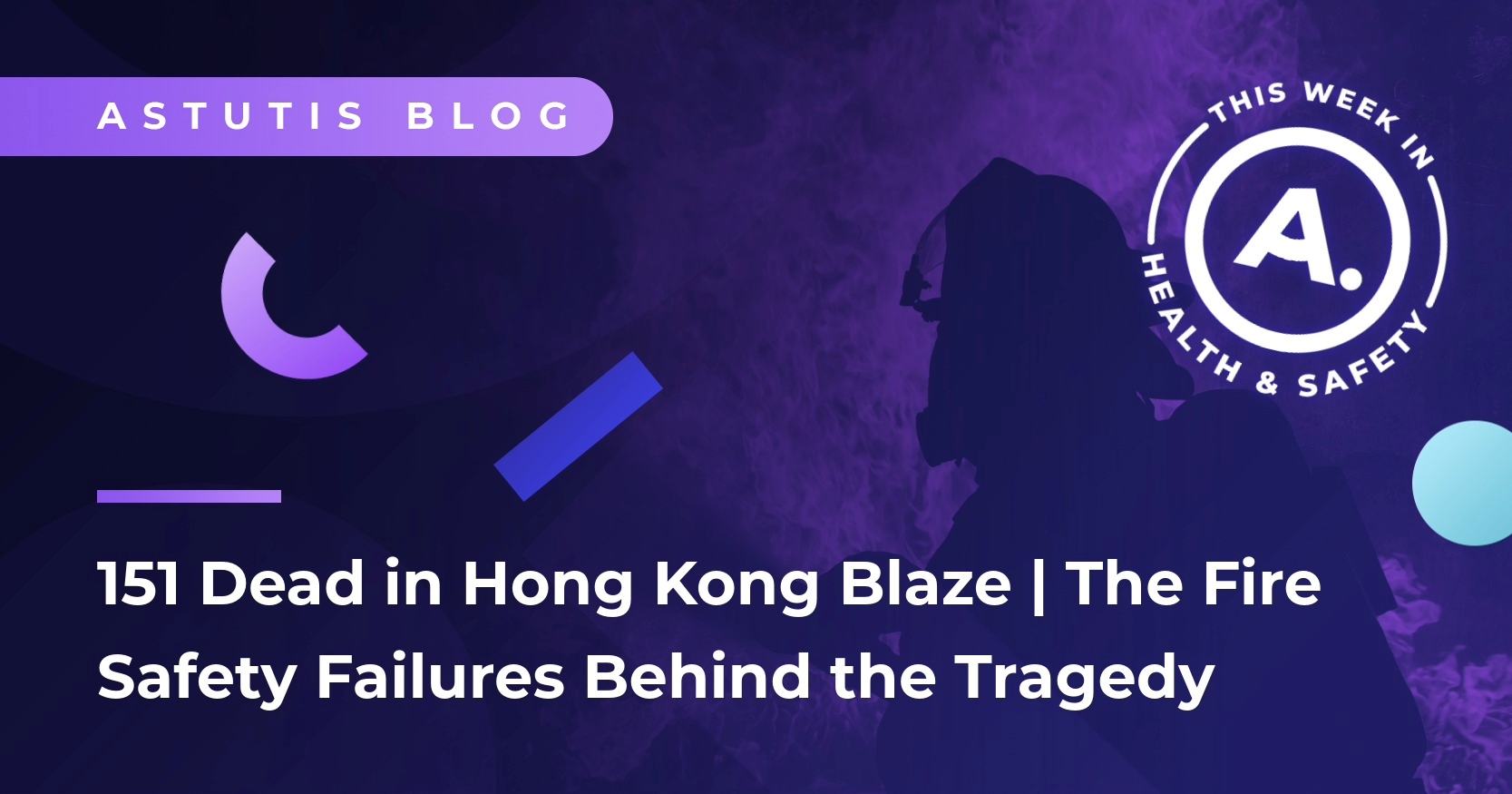The Building Safety Act 2022 Explained | Everything You Need to Know
The Building Safety Act 2022 is a landmark piece of legislation that redefines how building safety is managed in the UK. Introduced following the Grenfell Tower fire, the Act aims to prevent similar tragedies by improving accountability, regulation, and communication across the built environment.
In England alone, there are approximately 12,500 high-rise residential buildings that are either 18 metres or taller or have seven or more storeys, housing around 1.31 million residents. These figures underscore the extensive impact and necessity of the Act.
Stakeholders and businesses in the construction industry must understand this legislation in to ensure their compliance.
What Are the Main Points of the Building Safety Act?
At its core, the Act introduces the Building Safety Regulator (BSR), which operates within the Health and Safety Executive (HSE). The BSR is responsible for overseeing the safety and performance of higher-risk buildings in England.
Key reforms introduced by the Act include:
- Clearly defined responsibilities for duty holders across planning, design, construction, and occupation phases.
- The implementation of the Golden Thread of information - a digital record of safety-critical building data.
- The Safety Case Regime, which requires building owners to demonstrate how fire and structural risks are being managed.
- Enhanced resident engagement, giving occupants access to safety information and formal complaint routes.
- Stronger enforcement tools such as Stop Notices and criminal penalties for non-compliance.
Together, these measures aim to embed safety at every stage of a building’s lifecycle.
To Whom Does the Building Safety Act Apply?
The Act applies to a broad range of stakeholders in the construction and housing sectors, including:
- Developers and contractors, who must build in compliance with safety standards.
- Landlords, freeholders, and building owners, who are responsible for maintaining ongoing safety in occupied buildings.
- Managing agents and property managers, who often act on behalf of owners to carry out safety-related duties.
- Residents and leaseholders, who are now granted new rights to access building safety information and be consulted on key issues.
If you're involved in any stage of a building’s lifecycle, from planning through to day-to-day management, the Act likely applies to your role and responsibilities.
Is Your Property Affected by the Building Safety Act?
The legislation primarily targets higher-risk buildings. Your building is likely to fall within the scope of the Act if it meets the following criteria:
- It is 18 metres tall or higher or has seven or more storeys, and
- It contains at least two residential units.
If your building meets these criteria, you must register it with the BSR and comply with duties such as submitting a Safety Case Report and maintaining a Golden Thread of safety information.
Even if your property isn’t classed as high-risk, it’s still wise to apply the Act’s principles. Many organisations are extending these safety practices to all buildings within their portfolio to meet emerging industry expectations.
Are There Other Regulations That Coincide with the Building Safety Act?
Yes, the BSA is just one part of a broader regulatory framework aimed at improving building and fire safety in the UK. Other key pieces of legislation include:
- The Fire Safety Act 2021, which clarifies that fire risk assessments must now include external walls and flat entrance doors in multi-occupied buildings.
- The Building Regulations 2010, which remain the technical standards for construction but are now supported by more robust oversight and enforcement.
- The Defective Premises Act 1972, which has been amended to extend the limitation period for claims relating to substandard construction from 6 to 30 years.
Understanding how these regulations interact is essential for achieving and maintaining legal compliance in residential building management.
What Is Considered a "High-Risk Building"?
According to the BSA, a high-risk building is defined as:
- A structure that is at least 18 metres in height, or
- Has seven or more storeys, and
- Contains two or more residential units.
Additional types of buildings—such as care homes and hospitals—may be included during the design and construction phase due to the vulnerability of occupants, although they may not fall under the same operational requirements as residential high-rises.
If you are responsible for a high-risk building, it must be registered with the BSR and remain compliant with all related duties, including building control oversight and ongoing risk management.
What Is the Golden Thread Principle?
The Golden Thread is a secure digital record that stores essential building information throughout the lifecycle of a structure. This includes architectural plans, fire strategy, materials used, maintenance history, and safety measures. It must be kept up to date and made accessible to those responsible for the building’s safety.
According to government guidance, the Golden Thread should:
- Be accurate and easily understandable.
- Be stored digitally and securely.
- Support better decision-making across all phases of a building's lifecycle.
The purpose is to prevent safety information from being lost, overlooked, or inaccessible—especially during handovers or changes in personnel.
What Are the Benefits of the Golden Thread Principle?
Adopting the Golden Thread approach offers a wide range of benefits for everyone involved in building safety compliance:
- Transparency: Ensures clear records of decisions and responsibilities.
- Accountability: Provides a documented trail to identify who was responsible for what actions and when.
- Efficiency: Reduces duplicated effort and ensures consistency when buildings change hands or are refurbished.
- Resident trust: Gives tenants and leaseholders confidence in the safety of their homes.
For those managing high-rise residential buildings, maintaining a reliable Golden Thread isn’t just best practice—it’s now a legal requirement under the Building Safety Act.
The Building Safety Act 2022 marks a major shift in how building safety is regulated in the UK. With new obligations for developers, landlords, and managing agents, the focus is now firmly on proactive safety management, transparency, and long-term accountability.
By understanding your responsibilities and making use of tools like the Golden Thread, you can not only ensure compliance but also contribute to a safer built environment for everyone. Interested to learn more about the Building Safety Act and how it applies to your workplace? We offer Building Safety Act Awareness Training that covers everything you and your colleagues need to know. Find out more by contacting us below.

Real Life Stories









